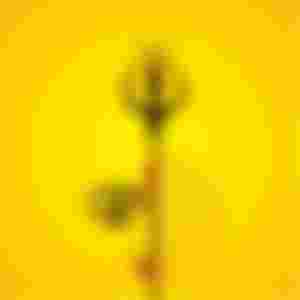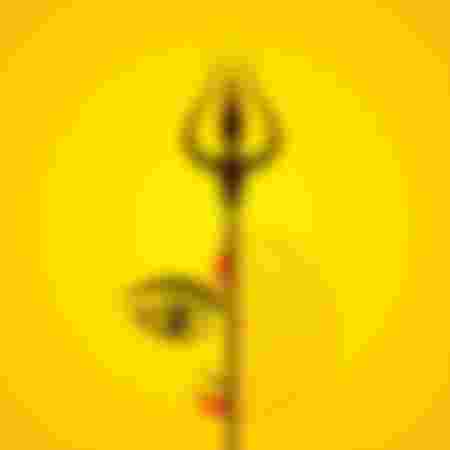Just as mother is the most beloved word in the life of a child, so is the reunion of mother and child. Durga Puja is also the biggest and favorite festival of the life of the traditional Hindu religion. The reason for mentioning the word Bengali separately here is that although Durga Puja is celebrated in different forms in different countries of the world, in this Bengal Durga Puja has crossed the religious boundaries and has become a social and cultural entity of the Bengali abhaman period. The main reason for the organization, scope, form, method, upachara. From priests to potters, potters, malakars, gardeners, laundresses, barbers, all classes of people are needed in this puja. So Durgotsab is a field of great reunion, a meeting place of world brotherhood and a source of inspiration. This great Durgotsab will start on 21st October i.e. 4th Kartik Wednesday with Panchami and will end on 26th October 9th Kartik Monday Dashami. On that day, Hindu men and women from all over the world will join in the game of Sindur ...

Devotees call this worship Kali's Ashwamedha. That is to say, in the age of Treta and Dvaparayuga, the kings used to perform Ashwamedha Yajna to accumulate virtues, similar virtues are accumulated in Durga Puja during Kalikal. Rabindranath says about this puja, Chitragupta calls it puja.
In other words, worship is to surrender oneself with love, with all the blessings of the heart. Simply put, puja means adoration or worship, and Durga means the goddess of misfortune. That is, the one who saves from misery or misfortune. Then Durga Puja is the worship of Goddess Durgatinashini.
Not only love but a large part of Durga Puja is covered by its arrival, imagination and planning. Autumn kashabana, clear sky, the smell of hyacinth flowers and the message of lively conversation of children and teenagers seemed to herald the arrival of Goddess Durga in advance. The arrival of Goddess Durga in this world is seen by Bengali parents as synonymous with coming to the house of their married daughter. Again, the film or structure of Durga Puja carries the image of a joint family reunion. Which is an impeccable essence of Bengali culture. Thus the appeal of worship of Goddess Durga Mother has been and will remain forever to the common man.
According to the evidence of history, Durga Puja is held twice a year. Shardiya Durga Puja in autumn and Basanti Puja in spring. In the ashram of Medhamuni, the first idol worshiped by King Surath and Samadhi Vaishya became known as Basanti Puja. Once again, the goddess was worshiped by Sri Ramachandra in Dakshinayana (during the sleep of the gods) to save Sita by killing Ravana, i.e. in the autumn of one hundred and eight Nilpadmas. So our autumn festival or autumn festival. It is also known as Akalbodhan because Ramachandra worshiped the goddess by waking her from sleep. Although it is not known exactly how long the idol of Durga was imagined, since ancient times mother worship or Shakti worship has been practiced in this country at different times. Numerous terracotta female statues of prehistoric age discovered in the Indus Valley are relics of the distant past of the mother figure. Research on Durga Puja in Bengal reveals that Kangs Narayan Roy, the subaddar of Mughal Emperor Akbar, was the Dewan of Bengal. He performed Durga Puja without performing Maha Yajna on the advice of Pandit Ramesh Shastri. Public worship with the participation of all becomes necessary only when the access of the common man to private worship is limited. The public fort festival began in 1890 with the joint efforts of twelve friends from Gupti Para village in Hooghly district. The name of the puja was changed to Baroari Puja which is considered as universal puja today as it was organized by twelve friends.
On the other hand, Durga Puja also emerged as a accumulated symbol of the combined strength of the people to free themselves from exploitation, rule and domination. For example, the Durga Puja of the revolutionary Masterda Suryasena, the Durga Puja of the Sikh guru Bhagat Singh, etc., to get rid of the Nagpash of the English ruler. Another significant event is the swearing in of the indigenous revolutionaries at Kalipujo to liberate the motherland. Here, a common view of Durgamata as the mother of the country has emerged. The materials and methods of Durga Puja, above all, teach us the meaning of the unity of mankind in the world. Teaches the rich, the middle class, the poor in one thread. The symbol of creation, the symbol of prosperity, worshiping women as Durga, Lakshi, Kali, Jagadhatri, Annapurna, Saraswati, Basanti also started from this puja. Thus, with the arrival of Goddess Durga, the family, society, state and the world became an altar of joy. Therefore, Durga Puja is not only a religious festival, its social significance is also immense.
Finally, I call my mother to the tune of Kazi Nazrul, a poet of non-communal consciousness
Holding Dashprahajan in Dashbhuje, I light the mother in ten directions, fill it with welfare in ten hands, go to Usha at the end of the night. Wake up, wake up in yoga, wake up in the form of Mrinmayi Chinmayi ...
So on behalf of Read.cash & Bitcoin cash, I would like to convey my autumn greetings and congratulations to everyone irrespective of race, religion and caste.


